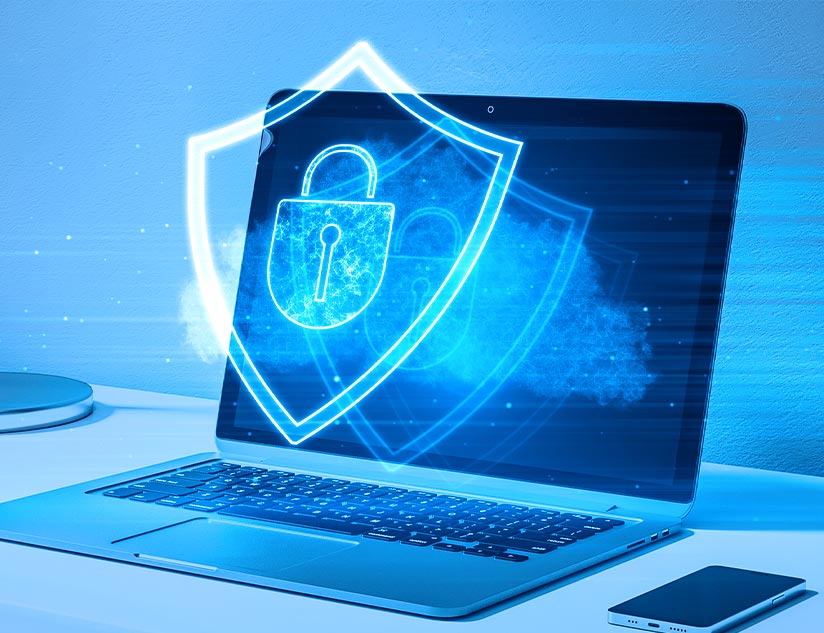The education industry, with its most vulnerable user population and weak end-point security, faces an increasingly high risk of content breaches. It is the second most influential industry pushing the Digital Rights Management solutions market to $12.35 billion by 2031. Digitization of education has paved the way for digital piracy of quality learning content. At the granular level, digital rights management involves limiting access, sharing, and distribution of intellectual property (IP), i.e., the learning materials. DRM solutions use a set of rules, policies, and technologies to control the visibility and accessibility of the content. Can DRM really be a silver bullet for existing and emerging learning content security threats? This blog explores the value of DRM as a powerful security measure in education.
Diving into the Merits of a Digital Rights Management Solution
Digital rights management systems enable educational publishers to exercise greater control over their proprietary digital content during distribution. Content distribution solutions equipped with DRM capabilities prevent screen-grabbing, copy-paste, restrict downloads, enforce locality limits using IP addresses, and limit accessibility to a fixed number of devices. There are several other benefits of DRM in education.
Protecting the Revenues of Educational Publishers
Stringent access limits on every module and assessment on the digital learning platform protect publisher revenues by preventing the content from being exposed outside the legitimate content distribution channels. By enforcing subscription-based access in education, DRM solutions help to incentivize learning content creators and educational publishers for their efforts.
Granular Access Control
Digital rights management systems allow LMS administrators to control access to learning materials according to user roles. With distinct codes for teachers, students, and their parents, DRM systems enforce role-based access control. This not only improves security but limits damage in the event of a security breach.
Preventing Piracy on Content Distribution Platforms for K-12
Role-based monitored access across learning and distribution platforms via modern cryptography techniques is an additional layer of security. This prevents unauthorized exposure and distribution of copyrighted learning materials.
Challenges and Limitations of DRM in Education
Despite its numerous benefits, digital rights management poses certain challenges for educational publishers and institutions:
1. It may hinder accessibility and fair use for educators and students.
2. Software restrictions and compatibility issues may cause inconvenience.
3. The digital threat landscape evolves rapidly, leveraging the latest technologies. Static DRM systems may become outdated or ineffective over time.
Alternative Tools to Bolster Digital Content Security in Education
Undoubtedly encrypting stored and shared data is paramount. However, 27% of K-12 and 35% of higher education institutions report a data breach despite encryption. Advanced data hijacking techniques, such as data exfiltration, enable malicious users to breach encryption security. These emphasize the need for more stringent alternative methods to protect data across digital learning platforms and content distribution channels.
Watermarking
Dynamic and static watermarking are common techniques in the realm of digital content. Learning materials can be watermarked with unique identifiers to allow web crawling systems to track illegitimate sharing or redistribution of protected content. AI-powered DRM solutions protect the content distribution platform for K12 by automating web monitoring and flagging suspicious activity.
Raising Awareness
Students or parents may unknowingly follow practices that breach education developers’ IP rights. These include sharing the learning content with their acquaintances and copying or printing it for use offline. Educational institutions must foster a culture of respect for intellectual property and instill habits of responsible digital citizenship among K12 learners.
Tracking Usage
An increasingly popular technique to identify a breach of digital rights is equipping the learning management system and the content distribution platforms with user monitoring capabilities. AI/ML-powered analytics can then be used to identify behavior patterns and flag anomalies in these patterns to help restrict unauthorized content sharing.
DRM and More for Content Security in Education
Digital rights management solutions facilitate content access control and the distribution and management of licensing rights for learning tools used in K-12 education. Further, cloud-based digital rights management solutions are cost-effective, scalable, and agile, adapting seamlessly to the changing cyber-threat landscape. However, the educational sector must balance inclusivity, accessibility, and security to offer exceptional learning experiences, gain trust, and build loyalty. While digital rights management is imperative in the digital learning ecosystem, educational institutions and publishers must adopt a comprehensive approach to the security of learning content. Educational publishers and digital learning organizations must partner with experts in learning technology and content security to stay ahead of the pirates.
MagicBox’s DRM solution facilitates authorized content distribution, enforcement of time and location-bound access limits, and shared controls. It is equipped with robust analytics and reporting capabilities to gauge usage trends and consumption patterns for the learning content. It can be integrated with diverse online systems to offer 360-degree content protection. Speak to the experts to learn how MagicBox’s AI-powered learning management and content distribution platforms with integrated DRM solutions can fortify the security of the digital learning ecosystem for your educational institution or educational publishing house.
















